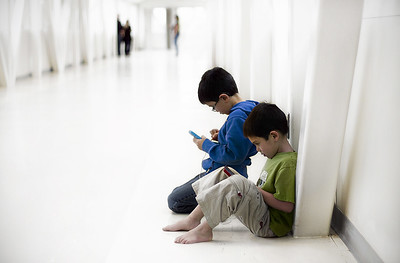Significantly fewer Michigan 2020 high school seniors enrolled in post-secondary classes in the 6 months immediately following graduation. In raw numbers, more than 6,200 members of the Class of 2020 decided to skip college – at least for now. This gap in college enrollment will pose a serious challenge to the state in coming years.
Most of the students who bypassed college enrollment would likely have attended classes at a community college. That partially explains why community college enrollment has dropped so much this year. Community colleges aren’t alone in this regard.
The United States Army reported that it closed more than 1,400 recruiting stations in 2020. Its overall recruitment for 2020 was just over 62,000. According to the Army, it did not set specific recruiting goals for 2020, but did expect to recruit about 69,000 individuals. If the 69,000 figure were realistic, that means the Army’s recruitment efforts were also off by 10%.
One area of ongoing concern for the Army is food insecurity. A growing number of American families have less reliable access to food This puts the nutritional status of young children at risk. The Army will see the consequences of chronic food insecurity on recruiting in the years to come. Data suggest that as many as 25% of America’s under-18 population will experience food insecurity. Ironically, one consequence of food insecurity is obesity. When the cost of more nutritionally substantial food rises, or shortages occur, individuals typically turn to less costly, less nutritious substitutes. This, in turn, drives obesity among food-insecure individuals. When those individuals happen to be children, chronic obesity can exclude them from military service opportunities.
COVID-19 will drive delayed college enrollment
So if Michigan’s high school graduates are not in college and didn’t join the military, where did they go? Seemingly, Michigan’s “missing students” have entered the workforce directly. Coaxing these workers back into college classrooms will be difficult. Even as those workers find themselves stuck in low-wage jobs, finding time and resources to commit to school will be near-impossible. The more time these students spend in the workforce immediately after high school, the less likely it becomes that they will ever return to school.
That’s a problem because many members of the Class of 2020 would have enrolled in a community college but for the pandemic. The decision to forego college enrollment will have a lifelong impact on earnings, upward mobility, health status, retirement savings and more.
Even as the State of Michigan attempts to boost college enrollment, the pandemic is poised to subject another graduating high school class to the same risks. At some point, however, the threat of COVID-19 will be neutralized, and these high school graduates will want to return to school. Community colleges like WCC would do well to have a plan to welcome these late-arriving students to campus. Part of that plan will involve adequate financial aid to cover most or all their expenses. It will also need to involve support services that address food and housing insecurity, technology poverty, childcare, and transportation, all of which are significant barriers to continued college enrollment.
Photo Credit: Krystian Olszanski , via Flickr






















